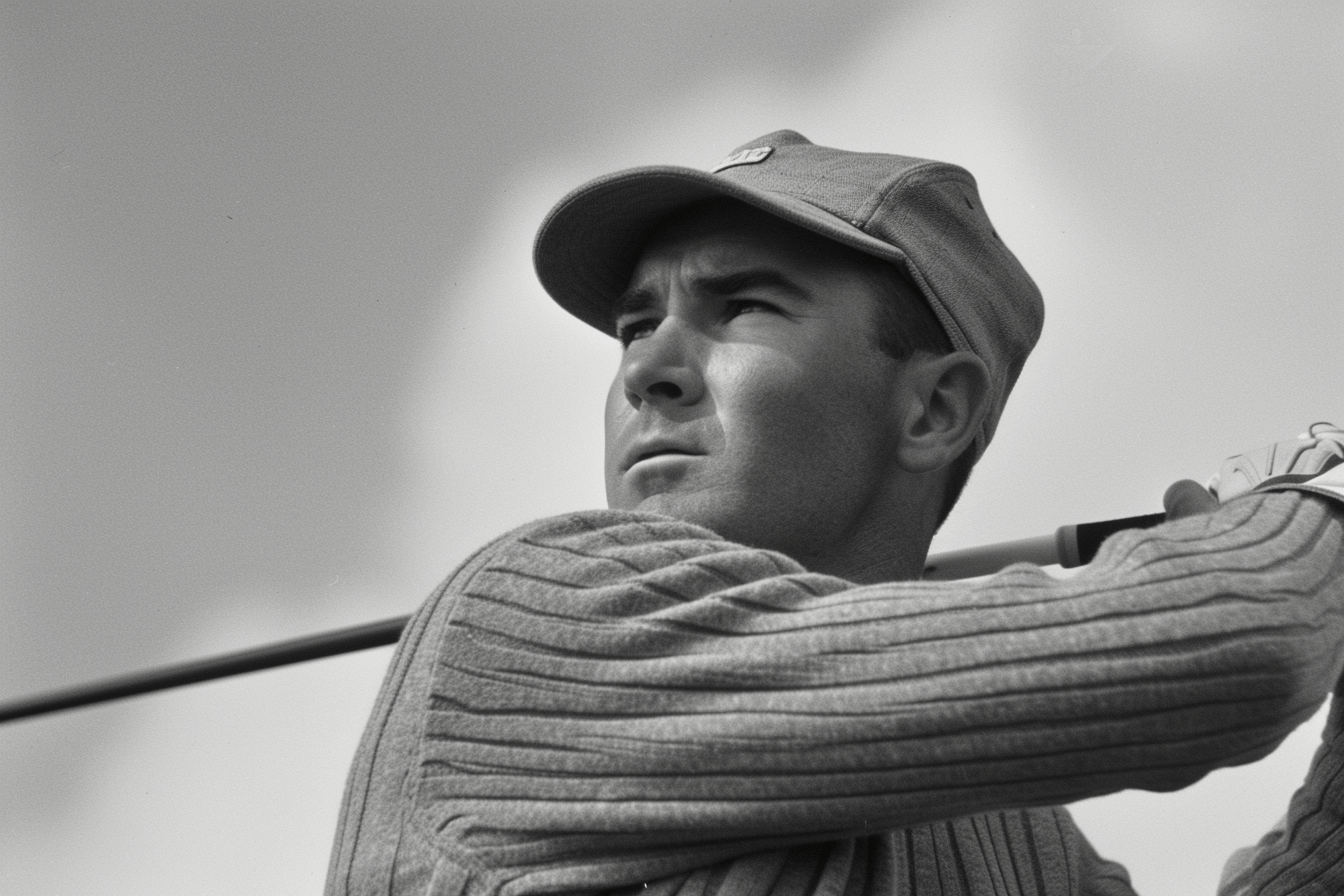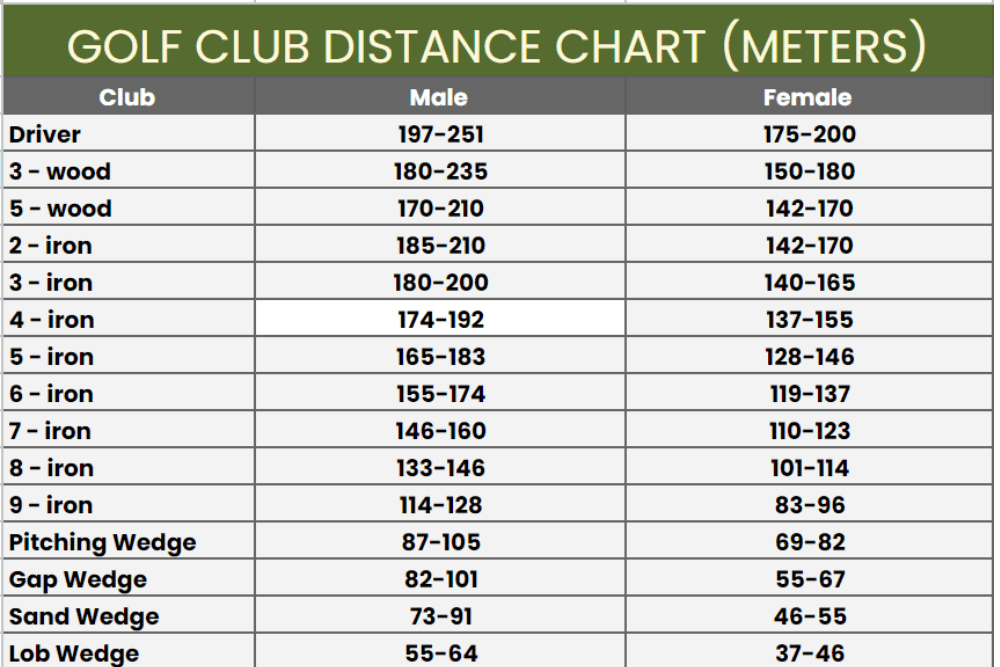
Your golfing arsenal might be missing one of its most powerful weapons – the Texas Wedge. Todd Hamilton stunned everyone at the 2004 British Open. He clinched victory by playing his hybrid club around the greens with remarkable precision.
The true Texas Wedge doesn’t involve a hybrid though. You simply need to know the right moment to keep your wedges in the bag and pull out your putter instead.
A Texas Wedge means putting from off the green, especially when you have shorter grass. This technique became popular on Texas golf courses, but it works brilliantly on Australian courses too. These courses featured push-up greens with tight lies and tricky conditions, similar to many Australian layouts during our dry seasons.
The technique’s name comes from those Texan courses where players discovered putting worked better than chipping or pitching, particularly during windy rounds. Smart players follow a simple rule: putt if you can, chip if you must, and pitch only as a last resort.
The numbers back this up too. Mid to high handicap golfers score about 0.10 shots better with a putter from 5 to 15 feet off the green’s edge.
In this piece, you’ll learn about the Texas Wedge – what it is, when to use it, and how to make it work to drop those scores lower.
Contents
What is a Texas Wedge in Golf?

Experienced golfers often talk about something called a “Texas wedge” during their rounds. The name might make you think it’s a club, but it’s actually a technique. Players use their putter (and sometimes another low-lofted club) from off the green instead of chipping with a wedge.
The story goes back to the early 1900s in Texas. The courses there had extremely hard, firm turf that made it tough to get a wedge under the ball cleanly – conditions that Australian golfers know well during summer months.
Players found that there was a better way – putting from off the green was safer and more reliable than risking a skulled chip shot over the green.
Two legendary Texan golfers, Ben Hogan and Lee Trevino, became skilled at this technique. They saw its value on courses with small, domed putting surfaces where regular chip shots left little room for error.
The technique worked exceptionally well in windy conditions – a common feature of both Texan and Australian golf courses. The low, rolling shots took many variables out of play.
The concept started with using a putter off the green but has grown to include other low-lofted clubs. Todd Hamilton showed the world just how effective this could be. He won the 2004 British Open by using his hybrid club around the green with a putting-style stroke from up to 50 yards away.
The Texas wedge works best in these situations:
- The ball sits tight on firm fairway turf
- You’re hitting into couch grass grain with limited green space
- Wind makes aerial shots unpredictable
- You need a higher percentage play because chip shots aren’t your strength
Australian golfers love this technique too, especially when summer turns fairways dry and firm. The strategy makes perfect sense – keep the ball on the ground when conditions favour rolling over flying.
When and Why to Use the Texas Wedge
The right timing to use your Texas wedge can make a huge difference in your score. The choice to use this shot doesn’t depend on how skilled you are. It’s all about the course conditions and situation at hand.
The ideal conditions to use a Texas wedge show up on firm fairway turf. This works great into the grain on couch grass with little green space between the collar and hole.
The tighter and firmer fairway grass lets you hit this shot from greater distances. Players can pull it off from 30, 40, or maybe even 50 yards from the hole.
Pro golfers have showed how well this technique works in major tournaments. Todd Hamilton at Royal Troon and Martin Kaymer at Pinehurst No. 2 used the Texas wedge strategy to win championships. Hamilton used a hybrid instead of a putter and hit amazing shots from up to 50 yards away.
The course conditions aren’t the only reason to pick this approach:
- Playing on smooth fringe or fairway without obstacles like rough grass or divots
- Keeping the ball low in windy conditions to reduce variables
- Having a clear path to the hole on an even surface
- Getting through tight fairway grass where chipping might be tough
J.J. Killeen, 2011 Korn Ferry Player of the Year, says that “a lot of amateurs will make the mistake of chipping too close to the green,” which makes the putter “always a great idea” in these situations.
The Texas wedge helps mid-to-high handicappers without doubt. It guides them to fewer wedge mistakes and lower scores. This technique removes the risk of bad hits.
You won’t chunk or skull your chips anymore, and the ball will always move toward the target.
It’s worth mentioning that using the Texas wedge just because you’re scared of chipping can cause problems. While it works great as a quick fix for players struggling with chips, it might become a bad habit. This could make your fear of wedges even worse over time.
How to Play the Texas Wedge Effectively

The Texas wedge technique starts with the right form. This shot differs from regular chipping. Players use a stroking motion instead of hinging or swinging.
Keep your weight steady on your left side. The club should move almost parallel to the ground with a shallow attack angle.
Your shot distance and course conditions determine club choice. Short to medium shots work best with 6, 7, or 8 irons. Longer shots or uphill lies call for a hybrid club.
Stick to your normal putting grip and stance if you’re using a putter off the green.
The ball’s lie plays a vital role in shot execution. Golf instructor Dean Reinmuth suggests looking at whether the ball sits on smooth ground or between grass humps.
Tough lies need a forward hand position on the putter. Lift the club more sharply and make soft contact with the ball’s top. This gets the ball airborne before it rolls toward the hole.
GOLF Top 100 Teacher Cameron McCormick shares this drill to master distance control:
- Move onto the green and rehearse the stroke needed to get the ball to the hole
- Step back to your off-green position
- Duplicate the same stroke length and speed from this position
Distance calculation needs a simple addition. Add the length from your ball to the green’s edge to your putting distance.
To cite an instance, see a shot that’s 12 feet off the green. Think of it as a putt that’s 12 feet longer than the actual hole distance.
A steadfast dedication to your Texas wedge decision brings better results. This mindset eliminates doubt. Note that success means getting the ball within 3-4 feet of the cup, not necessarily holing the shot.
Final Thoughts

The Texas Wedge ranks among golf’s most underrated yet powerful techniques that players of all skill levels can use. As I wrote in this piece, using your putter from off the green can cut down scoring mistakes. Mid-to-high handicappers benefit from this approach the most.
Todd Hamilton’s British Open victory shows how keeping the ball on the ground works when conditions allow it. This technique gives players a reliable alternative that removes the risk of chunked or skulled chip shots – common problems for amateur players.
Amateur golfers tend to grab their wedges too quickly near the green. The numbers tell the story – players gain a 0.10 stroke advantage by putting instead of chipping from 5-15 feet off the green.
This small edge might not seem like much at first, but these small gains add up to a lot over a full round.
Your decision should depend on weather and course conditions. Firm turf, windy days, and tight lies create perfect chances to use the Texas Wedge. Note that while this technique helps you score better, you shouldn’t use it all the time instead of learning proper chipping skills.
Like any golf skill, this technique needs practice. Spend time on distance control drills we covered, especially when you have different lies that need stroke adjustments.
The basic simplicity of the Texas Wedge makes it available to beginners, though it still needs practice.
The next time you see a clean lie just off the green, think over leaving your wedge in the bag. This straightforward approach might surprise you by lowering your scores, one putt at a time.

